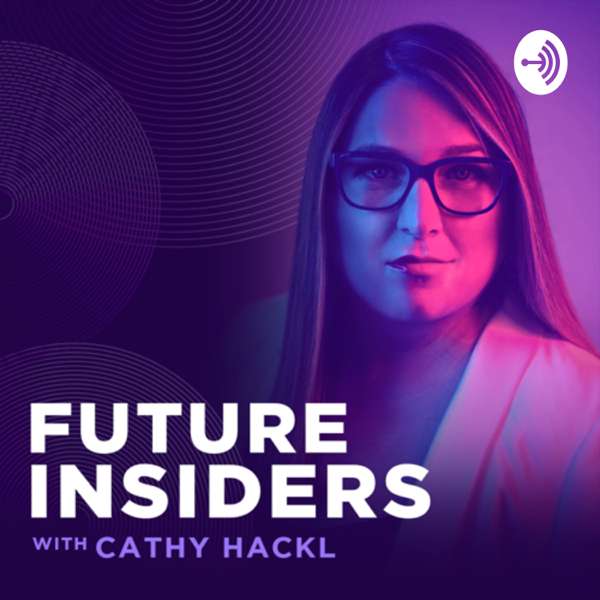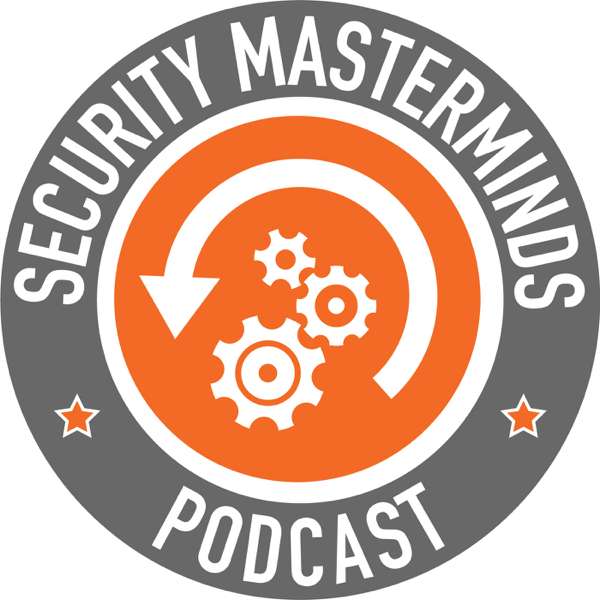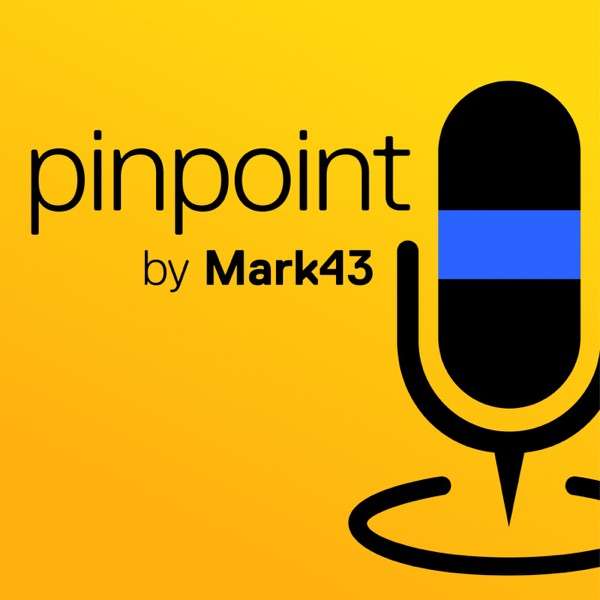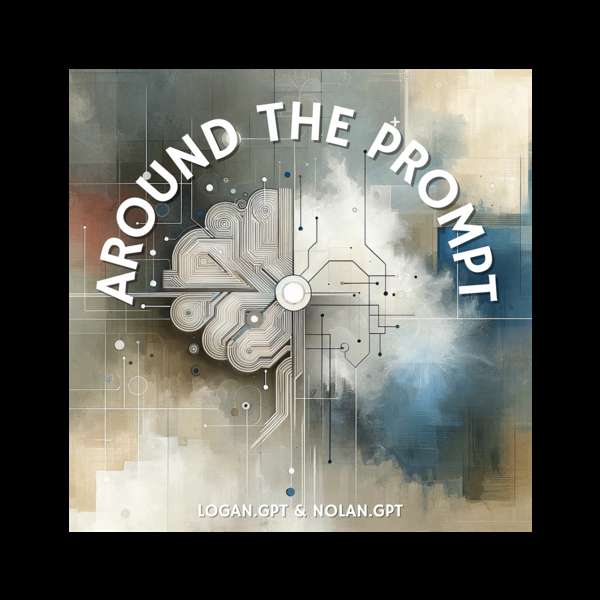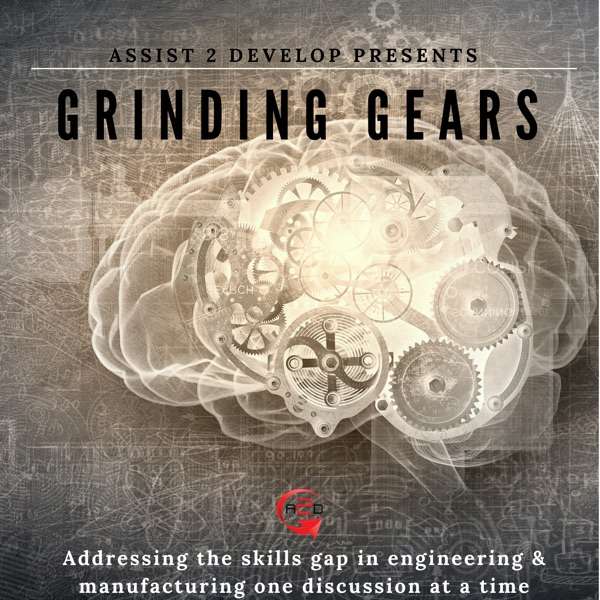HIGHLIGHTS
- The role of a Product Owner
- Leadership factor in Product Ownership
- Difference of Product Ownership and Product Management
- The setup in Pivotal and Centurylink
- The importance of updating versions and models
- The leadership style needed in Product Ownership
- Building a relationship with the team
- How to build relationships with the engineering team
- Managing and sourcing backlog items
- Best practices for decomposing and refining backlogs
- Best practices for continuous improvement
- Best approach for prioritization
- Best practices for product life cycle
- Richard’s advice to new product owners
QUOTES
Richard: "Because look, if it wasn't for agile, I don't think you need the idea of a product owner, if we were shipping every three years. Those were the old days, I was in those projects, those big waterfall projects where you did requirements for nine months, it coded for a few months, and you did a bunch of integration testing for twice as long.”
Vivek: “It's a very demanding job. It's a really rewarding job in a minute, you know, you have to be technical. There's a lot of elements of leadership, prioritization, which is so important.”
Richard: "A product owner needs to still be sitting there, readily talking to customers, readily talking to your internal teams, they care about your product, and regularly talking to engineers.”
Richard: "There's gonna be different paradigms. I think the important thing is who's going to make sure that you don't add a lot of friction between; what are we trying to accomplish? And how does that get broken into work that engineers can work on? As long as you don't add friction to that and mess up that process I don't care what you call people.”
Richard: "And so as a product owner, product manager, I have to be really good at identifying good data sources, adding telemetry to code, and knowing how to find some signal in the noise, because I can just get drowned in data points.”
Richard: “A good product owner leads through influence. They don't have direct authority. They don't have a management staff of people, the engineers don't report to them. No, but you are leading, often by showing that you have their back.”
Richard: “I learned quickly, especially with a few folks who were a little more grouchy, that I have to prove I've done the work first.”
Richard: “If you want a good relationship with engineers, show you care about their thing, and genuinely.”
Richard: “Yeah, I mean, arguably, some of the best parts of DevOps of Agile have these ideas that you should first of all be hiring people who are never satisfied and not in the sort of like, they're psycho. So we're just always mad about stuff. But like you people who don't just settle in go and like, good enough and good enough.”
Richard: “Sometimes your priority is stabilizing it, sometimes your priority is growing something else. Sometimes your priority is maybe just finding a new market. So I think that's the awesome, fun part of this job is that there's no single sort of Product Strategy for each person. But you have to stop, observe your landscape, talk to stakeholders, understand your corporate priorities, and then reflect that in your backlog.”
Richard: “But you know, hey, look, a good product owner says no, a lot. A good product owner does not say yes, all the time. That is a bad product owner, right? Because you should be saying no, you should be retiring features, retiring products when necessary. So first half, you have to think of the end sometimes.”
Richard: “ Are you a learner? Are you someone who's going to come in here and invest in the relationship, you're not gonna, you're gonna have some courage, and you're gonna have an opinion. And I want to hear your point of view. And you're not just a yes person who comes in and says yes to everybody, or, you know, you're going to come in with an opinion, you're going to be observant, you're going to listen.”
Learn more about Laxmi in the link below:

 Our TOPPODCAST Picks
Our TOPPODCAST Picks  Stay Connected
Stay Connected


